Mutation is the sudden change in genetic markup of an organism. Inducing mutation in an organism is a very complex process. You need to be extra careful. One mistake and the organism is as good as dead. Despite the danger of overdosing mutagens there is the fact that the mutation induced may turn into a disaster. Although, in case of immobile organisms, like plants, the abnormalities don’t give that much of a disturbing sight as it would have given in case of mobile organisms. For instance cats, dogs, etc.

Today, the process mutation breeding is used widely as a method of crop improvement. Given enough attention and care we may discover new strains of beneficial crops. The procedure of mutation breeding includes-
- Selection of the material
- Choice of the mutagen
- Mutagen treatment
- Handling of the mutated populations
Selection of the plant material
The plant component used for mutagen depends on the crop’s sexual or asexual propagation and mutagen kind. The plant can be treated in any form, i.e. seeds, seedlings, cuttings, etc.
Seeds
Aged and soaked seeds show a greater frequency of induced mutations than fresh air-dried seeds. Seeds with a low water content are more radioactive. The water content at the time of irradiation must be normal. Also, they should not be too young or too old. In sexually propagated crops, seeds are the most commonly used plant part.
Seedlings
Usually, the seedlings, neither too young nor too old, are irradiated due to their convenience in pots and transportation from the nursery easily. Mature plants are less sensitive to radiation than seedlings. Meiotic cells are more radiosensitive than mitotic cells. Therefore, plants are irradiated in the flowering stage in order to affect the developing gametes.
Cutting
In the case of fruit trees, where vegetative propagation is followed, the desirable cuttings can be exposed to radiation treatment. It has been proven that
- Plants with larger chromosomes are more susceptible than those with smaller chromosomes.
- Polyploids are generally more resistant to irradiation than their related diploids.
- Hybrids are more resistant than their parents.
- The mutation rate is higher in heterozygous material than in pure lines.
Thus, the hybrid material of earlier generations is recommended for the induction of mutation. So that the highest number of mutations can be obtained. To obtain sufficient variation for the desired achievement, the population must be large enough. Because the frequency of occurrence of the desirable new mutants is so small that they are not likely to be noticed in the small number of plant populations.
Pollen grains
Pollen grains may be used. But they are infrequently used because-
- It is difficult to collect large quantities of pollen grains in most crop species.
- Hand pollination (with treated pollen) is difficult.
- Pollen al is relatively short.
Choice of the mutagen
Chemical mutagens are best used with seeds. Pollen grains are the only plant parts that can be successfully treated with UV radiation. Whole plants are generally irradiated during the flowering stage so that it is equivalent to the irradiation of pollen grains and egg cells. The treatment of a whole plant requires special facilities (a gamma garden) and is possible in a few places only.
Dosage of Treatment
The proper dose will increase the frequency of favorable mutants and increase the heritability of yield and other desired traits. The dose varies from crop to crop depending on the plant’s nature and genetic makeup. The more resistant the crop, the higher the dosage required to create the desired useful mutations, and vice versa. The desired dosage is given by manipulating the duration of treatment and the distance of material from the source.
- The fatal dose is the quantity of radiation required to kill 50% of individuals exposed.
Handling of the mutagen treated population
After irradiation, the storage of treated material increases the injuries in generation one. Therefore, it is removed immediately and sown into the field surrounded by the control material of the mother strain. The purpose of planting the control strain all around the treated material is:
- To isolate the treated population completely from other varieties to prevent intercrossing and any effects that might hamper the observations on mutagenic effects.
- To compare the treated and untreated generations to see the impacts of irradiation early.
Irradiated plants show several impacts such as death, growth inhibition, morphological and developmental defects, and genetic changes.
Genetic changes cause mutations, which is the main purpose of treating them. In the whole of the irradiated plant population, only a few plants reveal the mutation effect. Because naturally occurring material responds less to artificial changes due to its well-established stabilization in the constitution during natural evolution. Mutation effects may differ from tiller to the main stem.
Chromosomal mutations generally influence all plant traits. Other mutations affect only a few or single characters. Because mutation occurs in small sectors of the meristem, only a part of the plant is impacted. A stable mutant phenotype requires several sexual generations and selection. Mutant alleles are generally recessive, although some are dominant. Frequently, the mutants useful in the improvement of clonal crops contain the dominant mutation. If recessive mutant allele ‘a’ is to be useful in a clonal crop, it has to have the genotype ‘aa’, which is rare.

The procedure of mutation breeding in short. Source: makeagif
Selection of M1
Almost every suspected plant’s or tiller’s ear is picked in M1 and kept separate for further investigation.
M2 generation
In M2, the seeds of individual ears from the M1 are grown in progeny rows. Instead of ear selection, sometimes one or three grains from M1 plants are sown in M2 rows, and these are known as the one-plant-one-grain or one-plant-three-grains method, respectively. They are more efficient than the ear-to-progeny-rows method. It is good to sow 14-15 seeds in each progeny row, and after the tenth progeny row, a row of the original variety is sown as a check for comparison. In this way, even if the M2 population is small and only one mutant segregates in this population, it will be observed immediately.
Screening and selection in M2
Even for dominant mutants, irradiated material is screened in M2 rather than in M1. Because-
- In the case of recessive mutants, which are more frequent than dominants, both loci are rarely mutated. Therefore, segregation must be permitted to let them come in homozygous conditions so that they can be isolated.
- In the case of the dominant allele, the frequency is so small that it may be hard to identify in the M1 generation.

The more efficient the screening procedure, the higher the chances of obtaining desirable mutations. Plant breeders collect seeds of different ears of desired plants separately. Sometimes the seeds of similar mutants, called aberrant types, can also be mixed together.
M3 to M5 generation
Rows of the original variety are cultivated in M3 plants to progeny. If all the plants in M3 lines are true to type, as in M1, they are called mutants. True breeding lines continue to M4 from M3. M4 eliminates all inferior lines. The best ones are selected for the full yield comparison, and others are kept in the mutation collection.
Yield trials
The yield trials start in M5 generation and only the most helpful mutants are comprised. If a mutant has a low yield but a desirable feature, it may be carried in hybridization. This brings all the desired characters together into mutants.
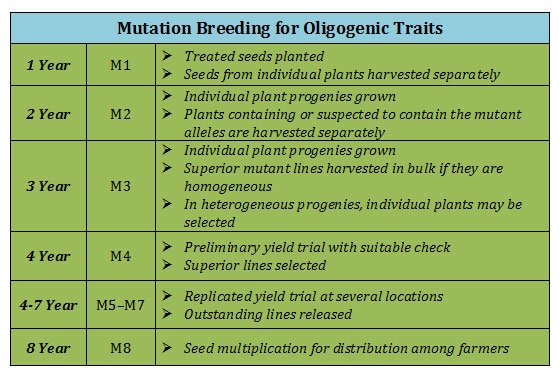
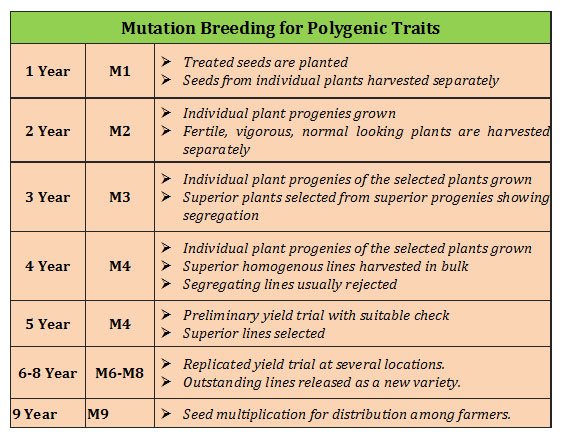
Time taken
The time taken by the mutation breeding procedure to achieve the desired improvement varies from problem to problem, depending upon the nature of the improvement needed and the stage at which it is obtained. The success so far obtained shows that, generally, mutation breeding takes very little time for the production of superior strains as compared to other breeding procedures.
Precaution
- The first and foremost precaution in mutation breeding is to get sure that the mutants isolated are indeed owing to mutations and not due to intermixing, crossing, or segregation.
- The second precaution is that the plant breeder must be well trained in all breeding techniques, including mutations, and be a very keen observer. So that he can pick up the slightest deviation in the treated population.
Related articles
- Mutation breeding: definition, history & types
- Mutagenic agents: types, mechanism & irradiation breeding
- Mutation breeding: pros, cons & achievement of Bangladesh
References
- Principals of plant genetics and breeding by George Acquaah
 Plantlet The Blogging Platform of Department of Botany, University of Dhaka
Plantlet The Blogging Platform of Department of Botany, University of Dhaka
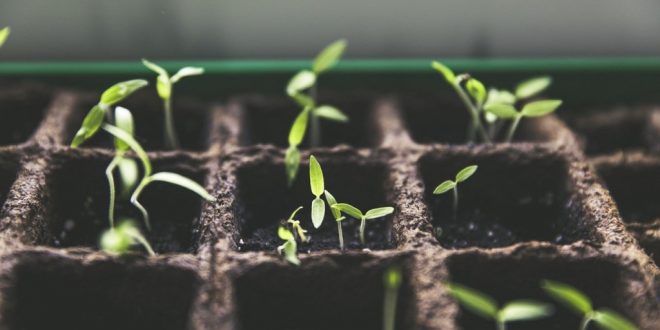

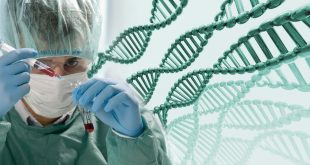
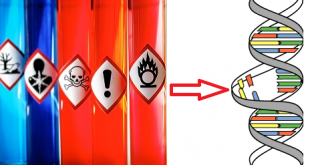
i have a lot of interest in this topic. thanks for this article.